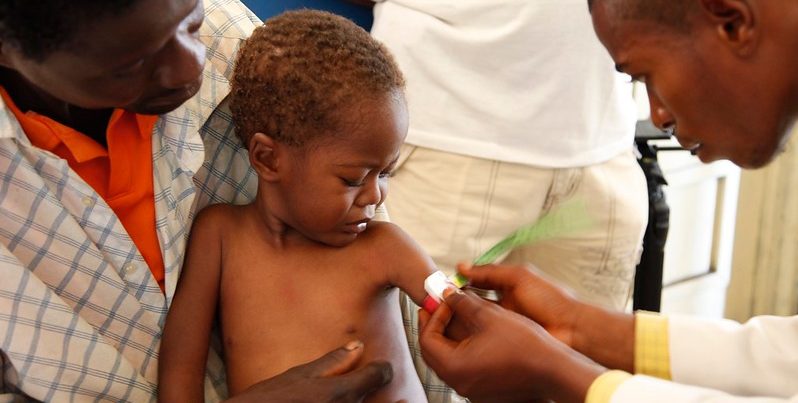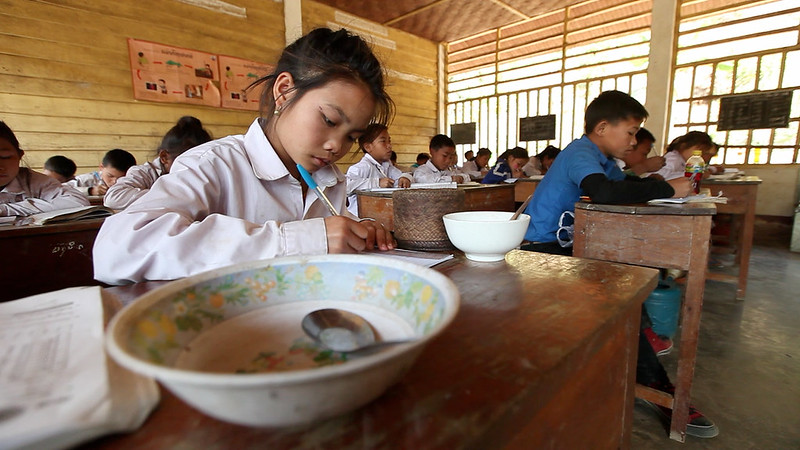At the beginning of the month of December, government representatives, foundations, academia, civil society members, and private sector actors gathered virtually in a summit hosted by the government of Japan. The Nutrition for Growth (N4G) Summit marked the end of a year full of public dialogues, expert consultation, online events, and actions on the ground that all had the same aim: planning and concretising multisectoral pledges to improve nutrition worldwide. Over the course of the two-days event, 500 million USD were proclaimed to be spent on nutritional programmes, tackling the growing double burden of malnutrition.
The Summit was the occasion to officially launch the Tokyo Compact on Global Nutrition for Growth, which presents the goals and commitments set by world leaders during the Summit. It paves the way for further commitments, that will be presented at the next N4G Summit in Paris in 2024. The pledge centres around five different thematic areas: health, food, resilience, accountability, and financing. Commitments all made allusions to one or more of these areas, covering most aspects of a stable food supply and intake.
The global picture of the double burden of nutrition
The State of Food and Nutrition Security in the World 2021 report published in July 2021 depicts an alarming situation: around 30% of the world population faced nutrition issues in 2020. The trends are twofold; undernutrition on the one side – which affects 10% of the worldwide population, and overnutrition on the other side – a global problem, common to all countries, also referred to as the “double burden of malnutrition”. Children and women are particularly affected by malnutrition. In contrast these population groups are the backbone of society or the “highway for development,” as Erwin Ronquillo, Technical Secretary of the Ecuadorian Child Nutrition Programme, emphasised. A strong focus laid on these vulnerable groups during the Summit.
The years 2020 and 2021 were marked by the COVID-19 pandemic, which exacerbated issues related to food provisioning and nutrition, and wiped out the progress made within the last years. But this period also come with a few learnings, as Pierre Cook Jr., Healthy Caribbean Coalition, summarised it:
“If there’s anything to learn from the COVID-19 pandemic, it’s that the only way to solve a global problem is that all countries have access to the same means and resources.”
2021 was also the year of food systems, which have intrinsic links to under- and overnutrition. The United Nations Food Systems Summit was organised to ensure that food systems deliver on all goals of the Global 2030 Agenda, whilst the N4G Summit focused entirely on human nutrition. Both Summits presented a joint statement to clarify their respective targets and to commit to achieving certain tasks, all closely interlinked and aligned with the Global 2030 Agenda.


